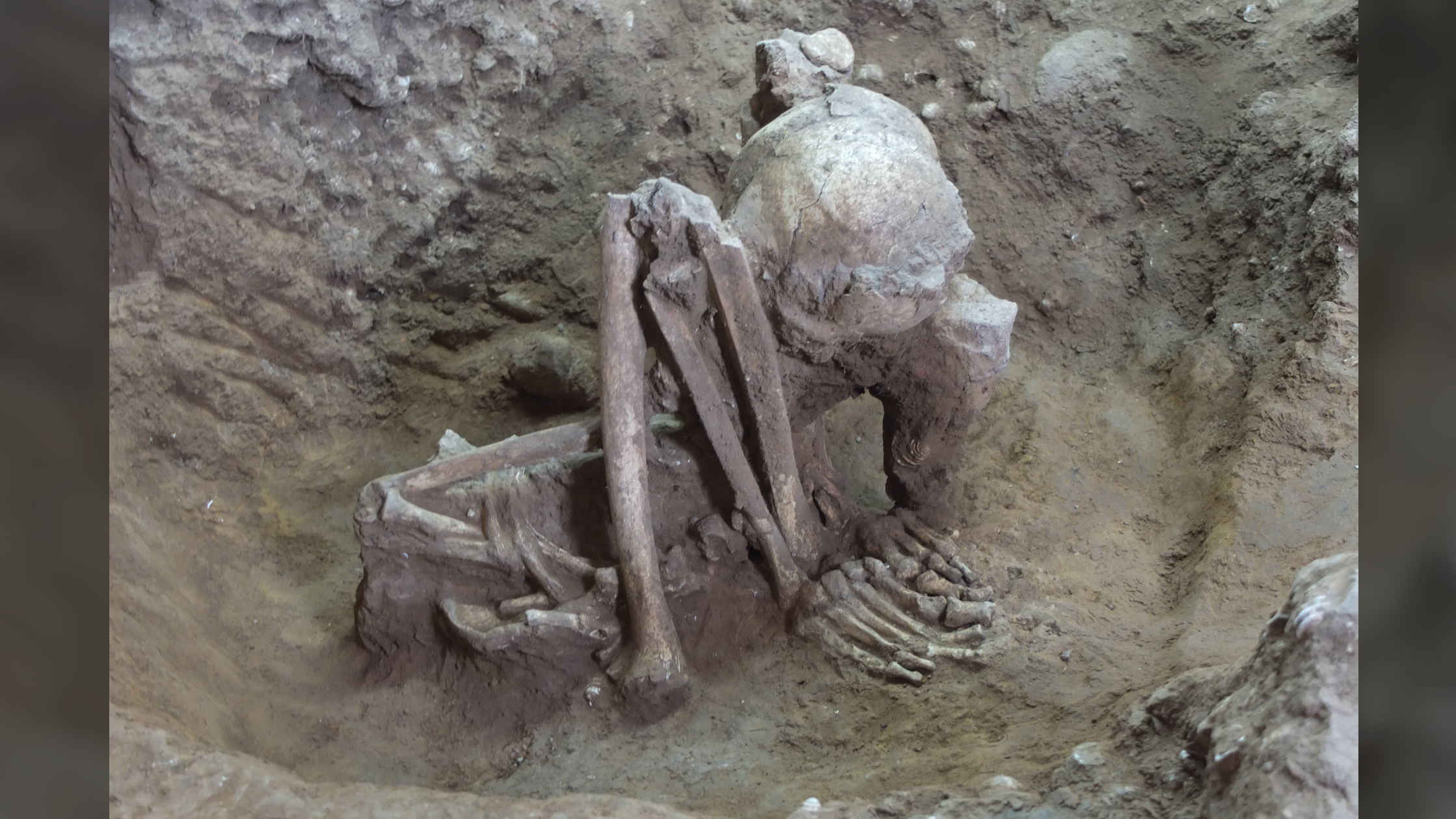Loneliest Observatory in Antarctica Looks to the Stars
A new robotic observatory at the highest point of the Antarctic Plateau will continuously survey the skies on its own for almost a year.
The coldest and driest place on Earth makes an ideal location for stargazing without much in the way of clouds or bad weather — not to mention Antarctica?s four months of complete darkness.
?We?re taking 10-second exposures of the sky for four months,? said Lifan Wang, a Texas A&M astrophysicist who compared the hoped-for final results with ?a movie of the sky.?
International cooperation
Getting the PLATeau Observatory (PLATO) to Antarctica required international cooperation among scientists from more than 60 nations. Wang helped organize the first meetings in Beijing, China, where scientists identified an Antarctic site called Dome A as the perfect place for an observatory. However, the frigid and isolated site also presents a challenge to keep the observatory running smoothly.
PLATO will power itself with solar panels during the Antarctic summer and switch to high-efficiency engines that consume a total of 1,057 gallons (4,000 liters) of jet fuel during the long winter months, when the sun does not shine.
?Shipping one barrel of fuel to Dome A costs nine barrels of fuel,? Wang noted, giving credit to the Polar Research Institute of China (PRIC) for stepping up to fund the operating costs and the expedition that installed PLATO.
Get the world’s most fascinating discoveries delivered straight to your inbox.
Long trek
The PRIC-led team picked up the 7-ton PLATO observatory in Fremantle, Australia, before sailing to Antarctica on the Xue Long ?Snow Dragon? icebreaker. Upon arrival at Zhongshan station on the Antarctic coast, the team set out in six snow tractors to cross 800 miles and reach Dome A. They arrived three weeks later on Jan. 11, marking only the second time that humans have reached the summit of Antarctica.
The scientists and engineers finished installing PLATO before the end of January, using silicone glue and steel cut from cans to repair oil leaks in the diesel engines. Their departure means the observatory will now operate remotely until another Chinese expedition returns in January 2009.
?Most of the equipment was built without moving mechanical parts,? Wang said, ensuring that PLATO is ?reliable and robust enough to function on its own for a year? with little human support.
PLATO?s eyes consist of seven telescopes, including four from China, two from Caltech and one from the University of Arizona and the University of Exeter. Built and operated by the University of New South Wales in Sydney, Australia, the observatory will beam data back via satellite to researchers.
The four telescopes from China — built by the Purple Mountain Observatory in Nanjing and the Nanjing Institute of Astronomical Optics Technology — will view more than 8,000 stars through different colors and wavelengths during the Antarctic night. Wang hopes to study the changes in stars as they grow brighter or dimmer, and also to detect some supernovas.
More to build
China will spend more than $25 million in the next few years to build a permanent station at Dome A, along with an array of wide-field telescopes to take more movies of the sky.
Meanwhile, astronomers from the United States, China and Australia are working on 1.6-foot Antarctic Schmidt Telescopes (AST3) that can find Earth-sized planets around other stars, supernovas and many other changing objects in the sky.
Wang expects the new telescopes to be installed at Dome A two years from now. The ability for PLATO to continuously scan the Antarctic night sky for months will give Wang and other astronomers the chance to discover hundreds of supernovas and Jupiter-sized planets, as well as perhaps a few Earth-sized cousins.
Earth?s loneliest and most alien continent will thus continue to serve as a natural observatory for astronomers to peer out into the new space frontier.
?Antarctica provided this excellent opportunity for us to [be on the] forefront [of] science,? Wang said.

